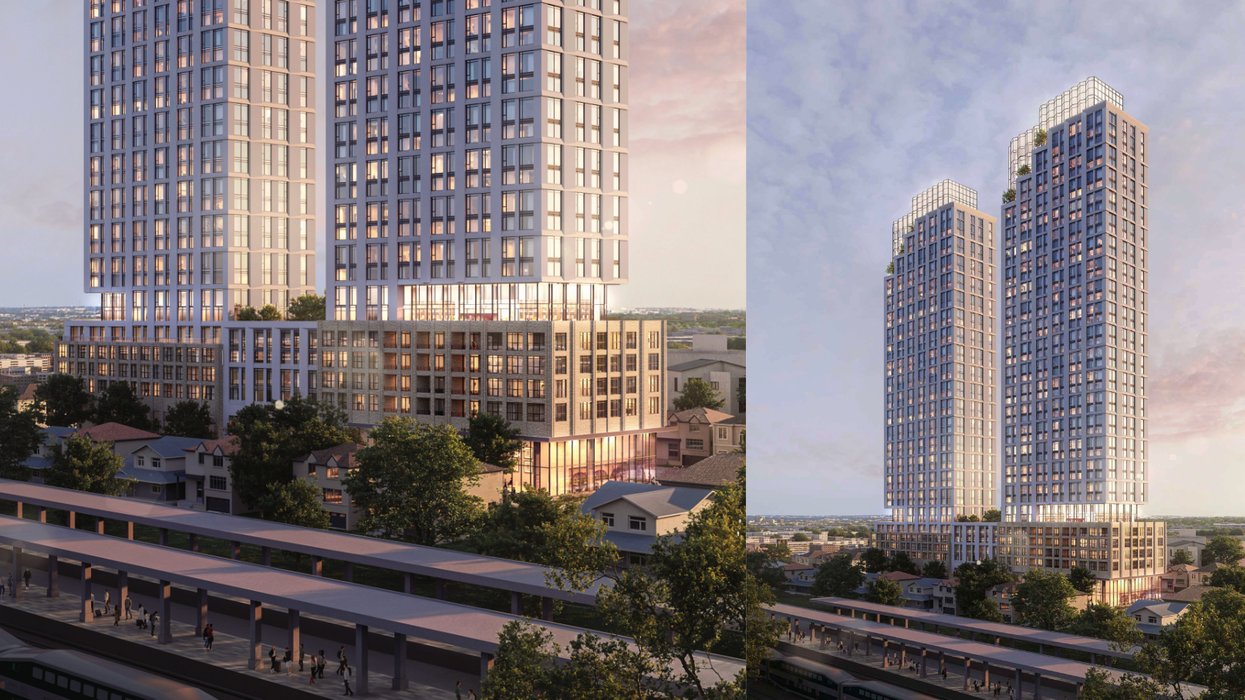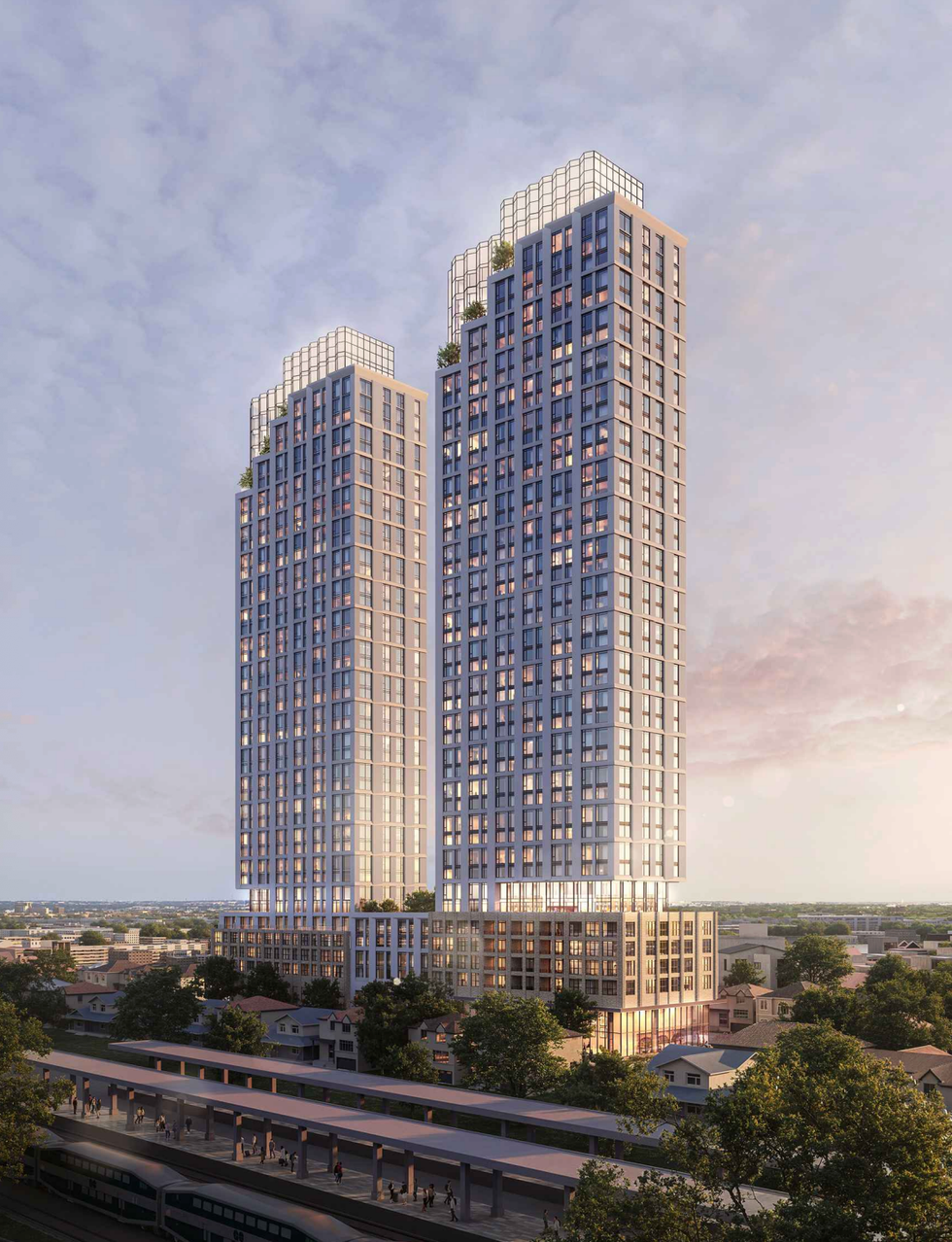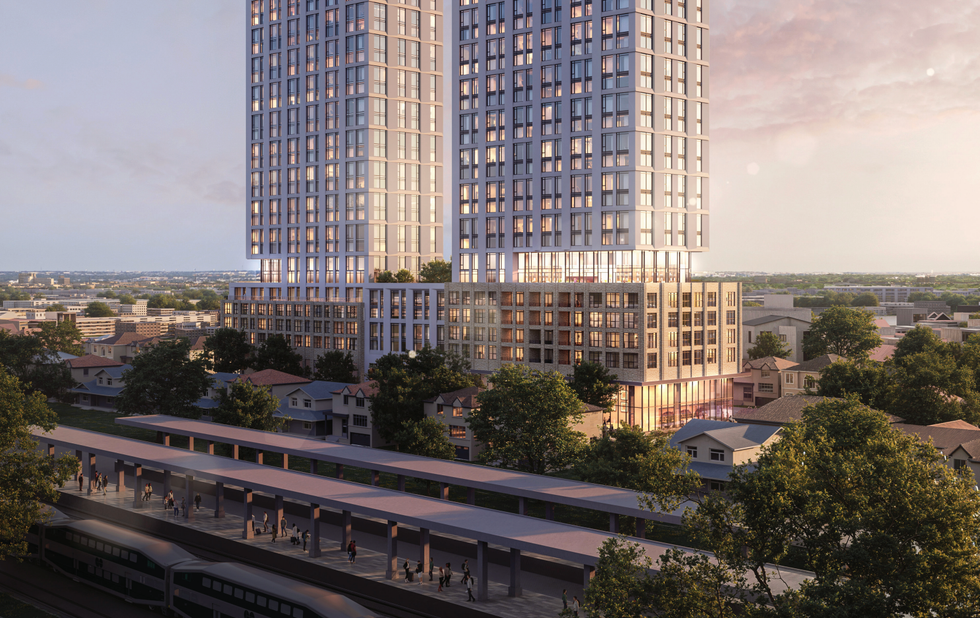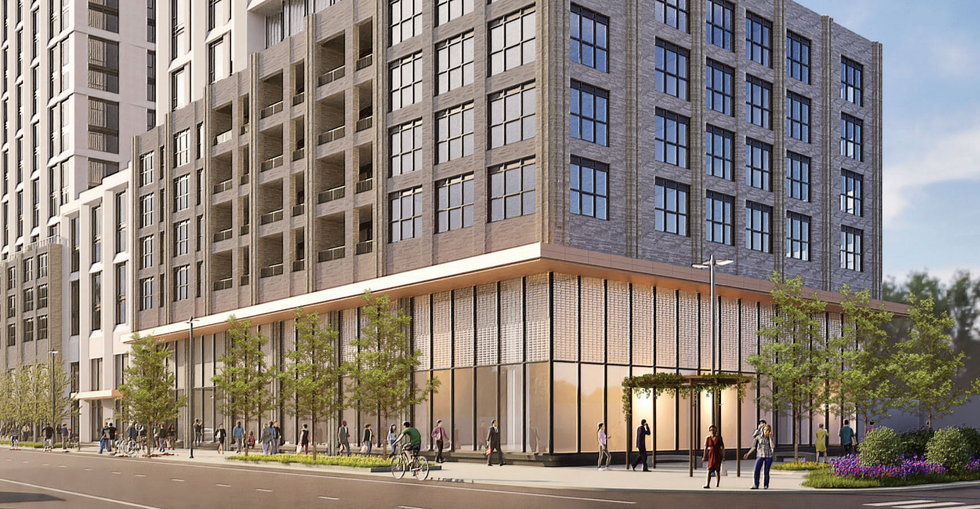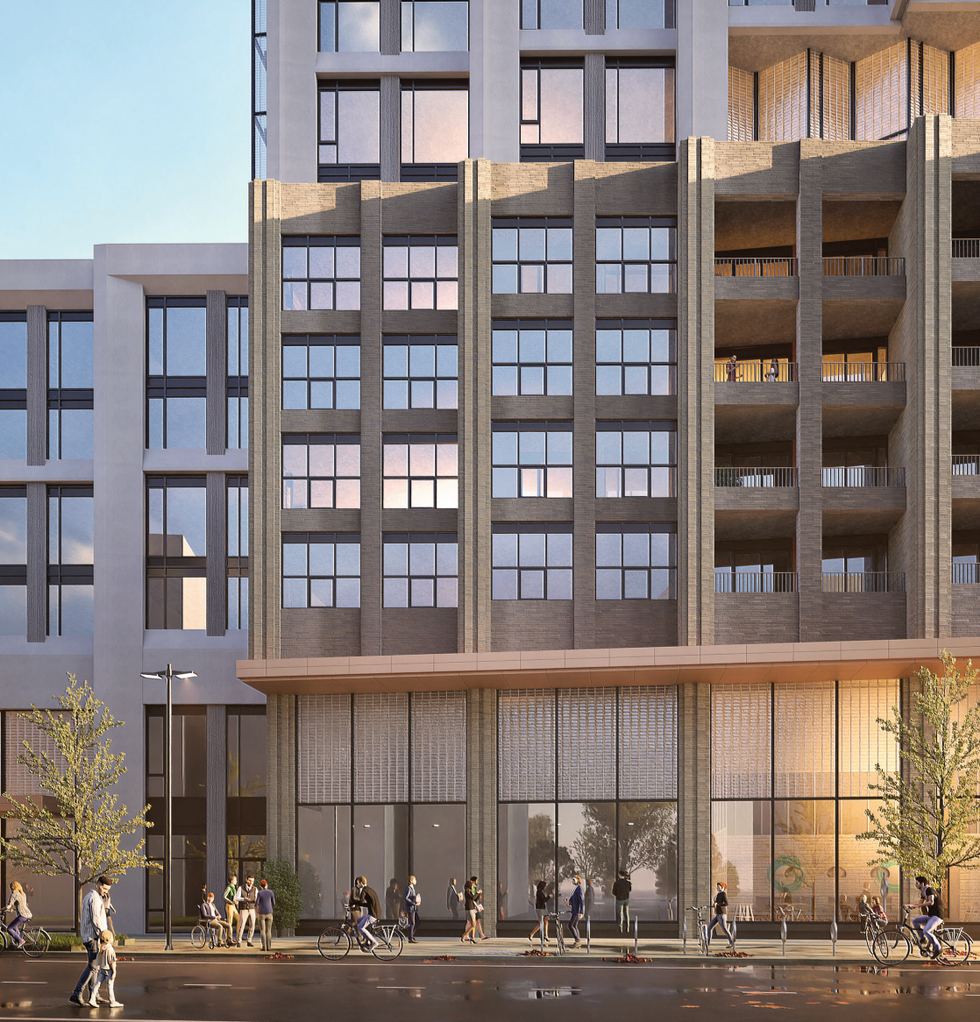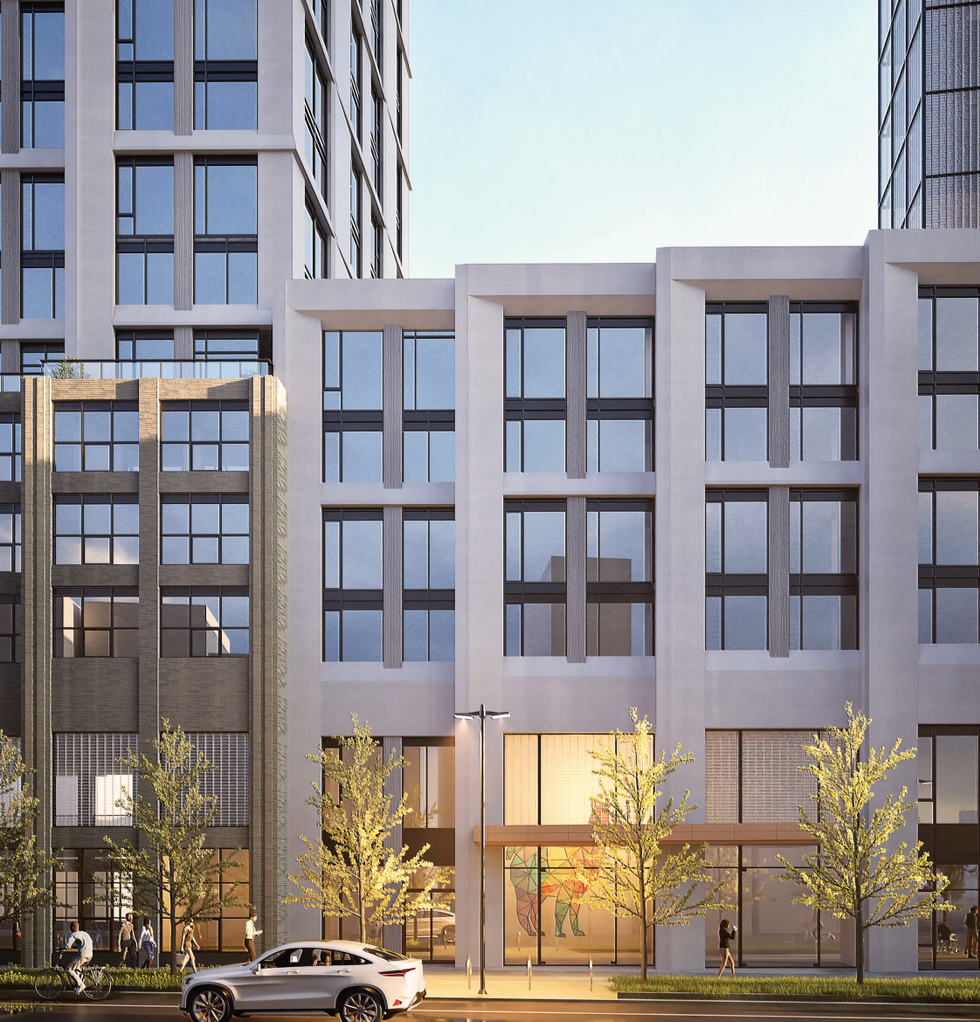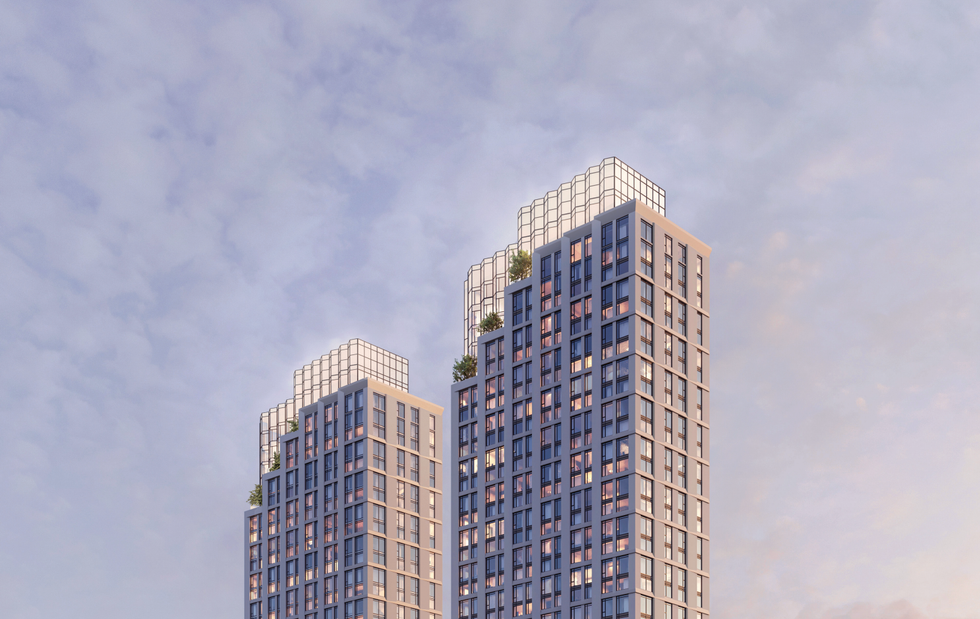First-Time Buyer
Learn who qualifies as a first-time buyer in Canada, what incentives are available, and how to benefit from programs that reduce the cost of buying a first home.

May 22, 2025
What is a First-Time Buyer?
A first-time buyer is someone purchasing a home for the first time, or who qualifies as such under specific government programs and rebate rules.
Why First-Time Buyers Matter in Real Estate
In Canadian real estate, first-time buyers may access various financial incentives including land transfer tax rebates, the Home Buyers’ Plan (HBP), and the First-Time Home Buyer Incentive.
To qualify as a first-time buyer, you must:
- Not have owned a home in the past 4–5 years (depending on the program)
- Use the property as your principal residence
- Be a Canadian citizen or permanent resident
Some programs have income or purchase price limits. Even if a spouse has owned property previously, buyers may still qualify under certain conditions.
Understanding first-time buyer status helps individuals and couples access savings and support that reduce the cost of purchasing a first home.
Example of a First-Time Buyer in Action
A first-time buyer receives a $4,000 land transfer tax rebate and withdraws $35,000 from their RRSP under the Home Buyers’ Plan to help with their down payment.
Key Takeaways
- Applies to individuals purchasing their first home.
- Grants access to rebates and incentives.
- Must meet government eligibility rules.
- Can reduce upfront and long-term costs.
- Varies slightly between provinces and programs.
Related Terms
- First-Time Homebuyer Rebate
- Eligibility Criteria
- Principal Residence
- Down Payment
- Government Incentive
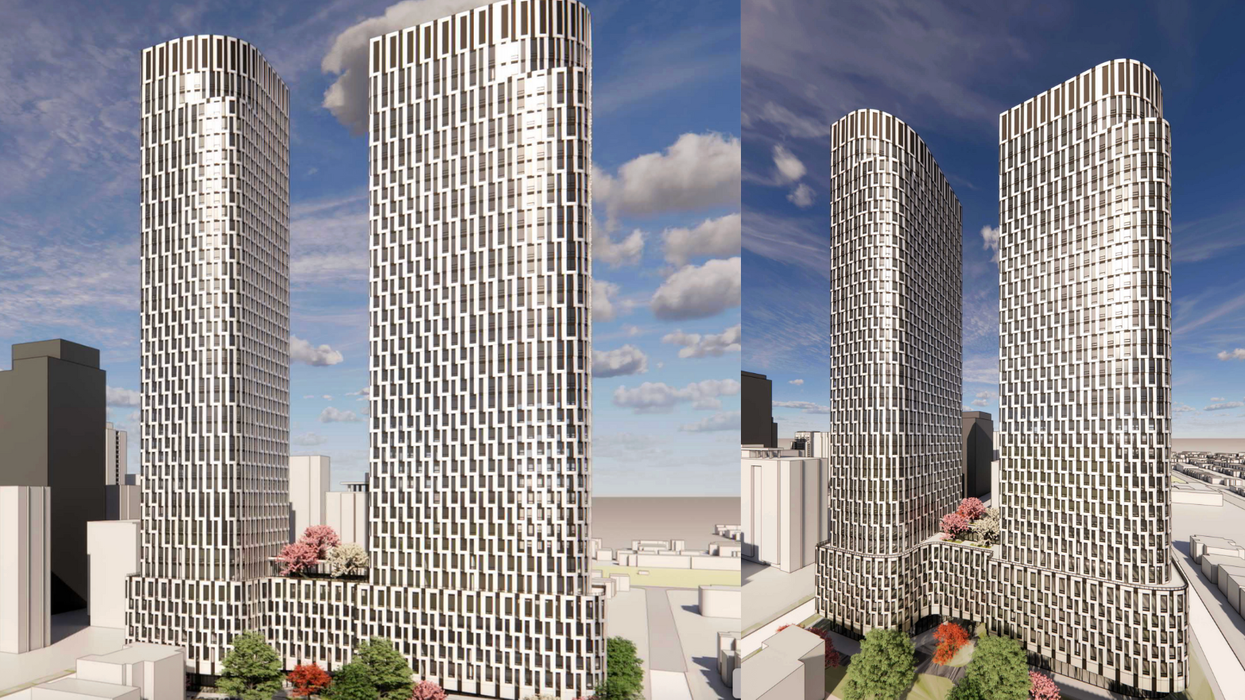
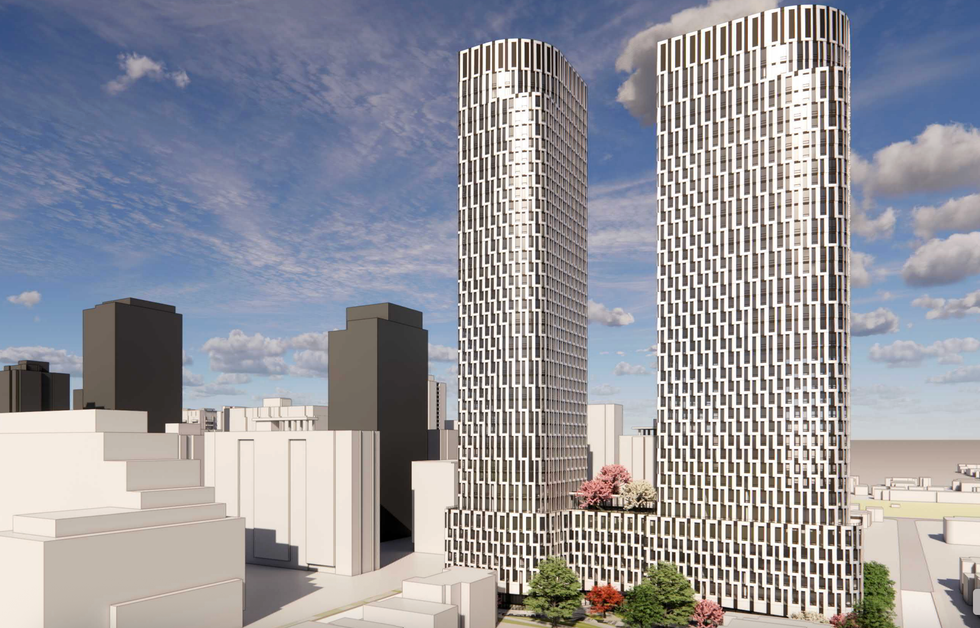

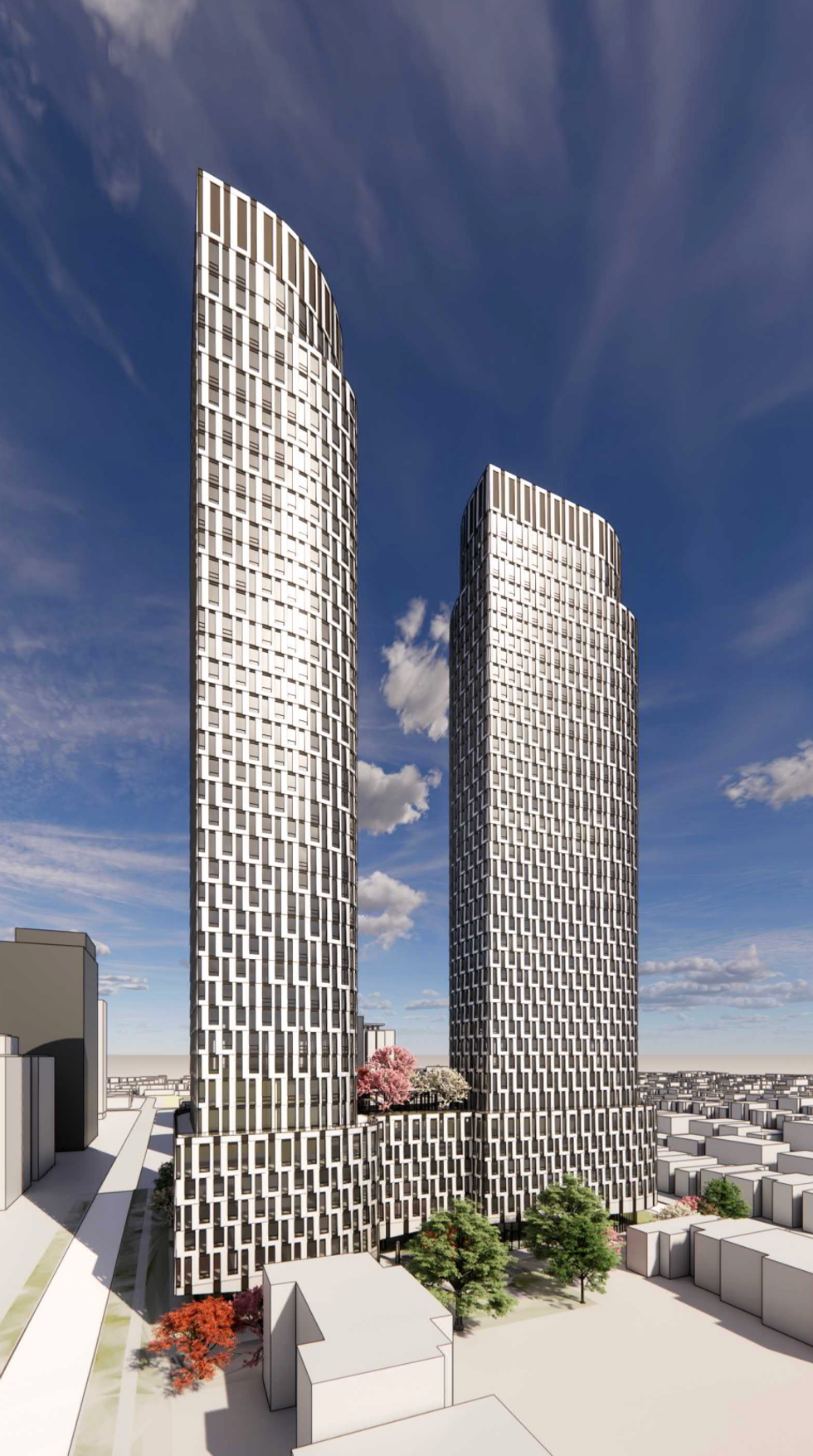
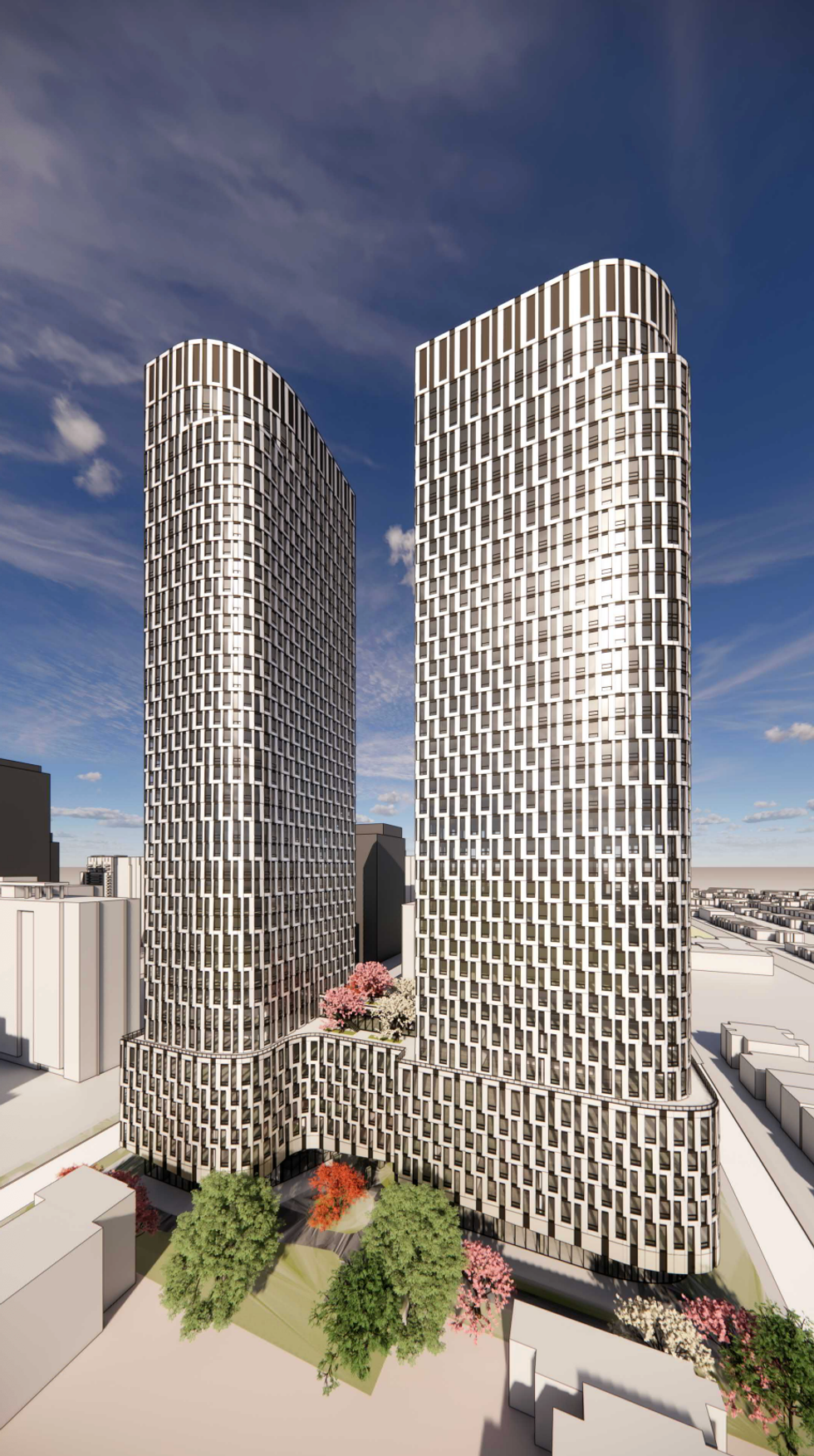
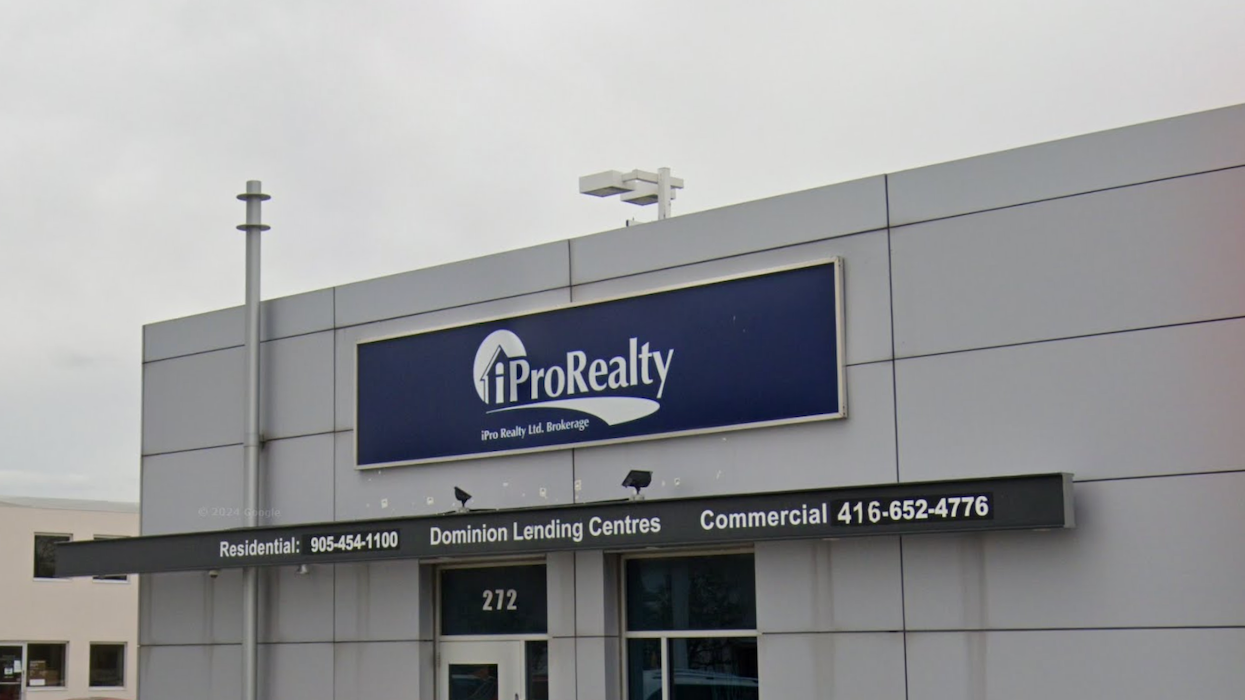
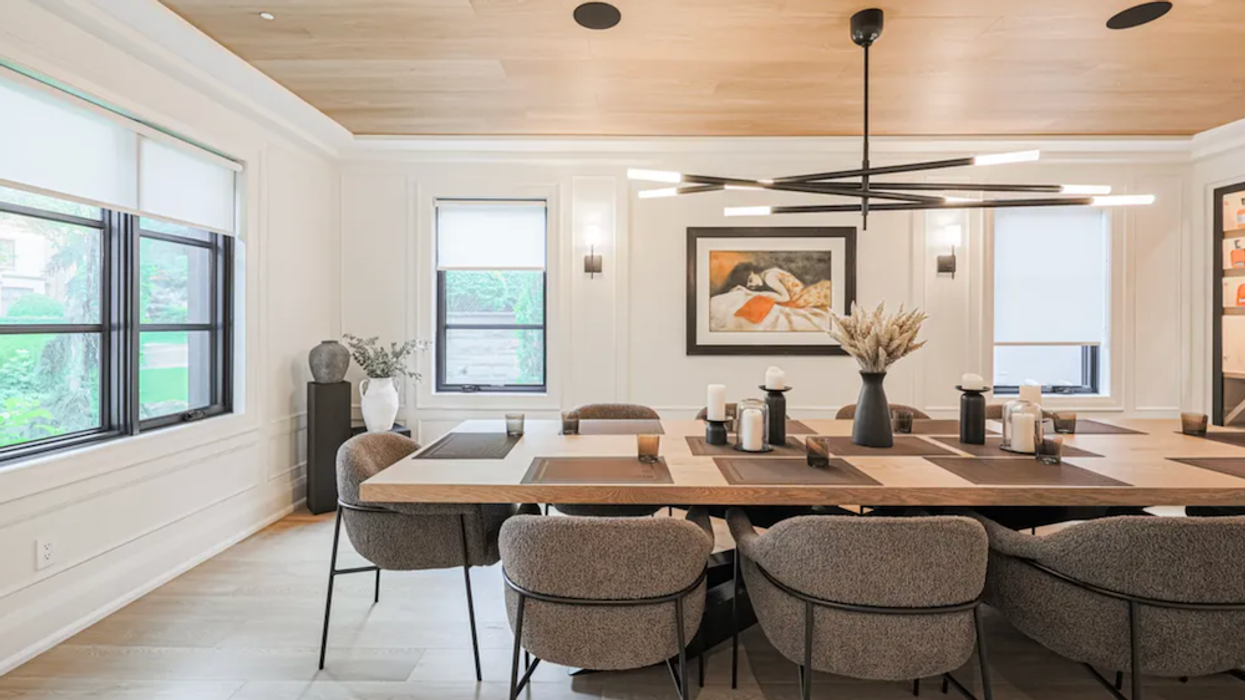
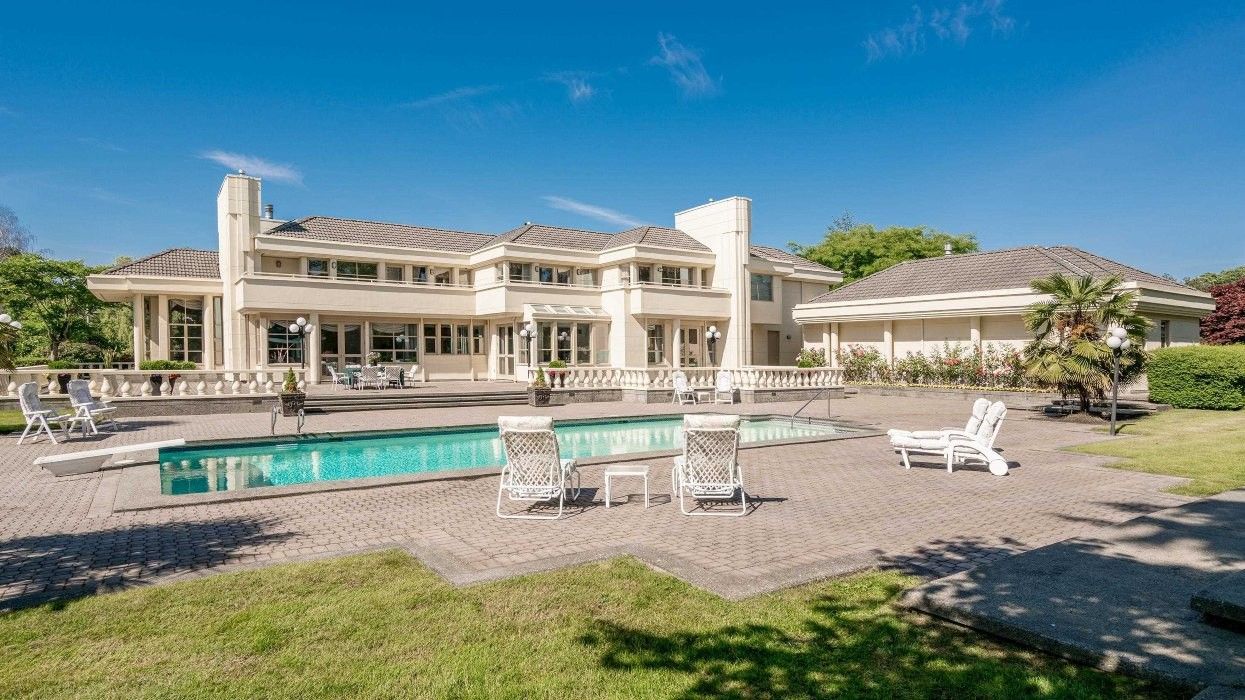


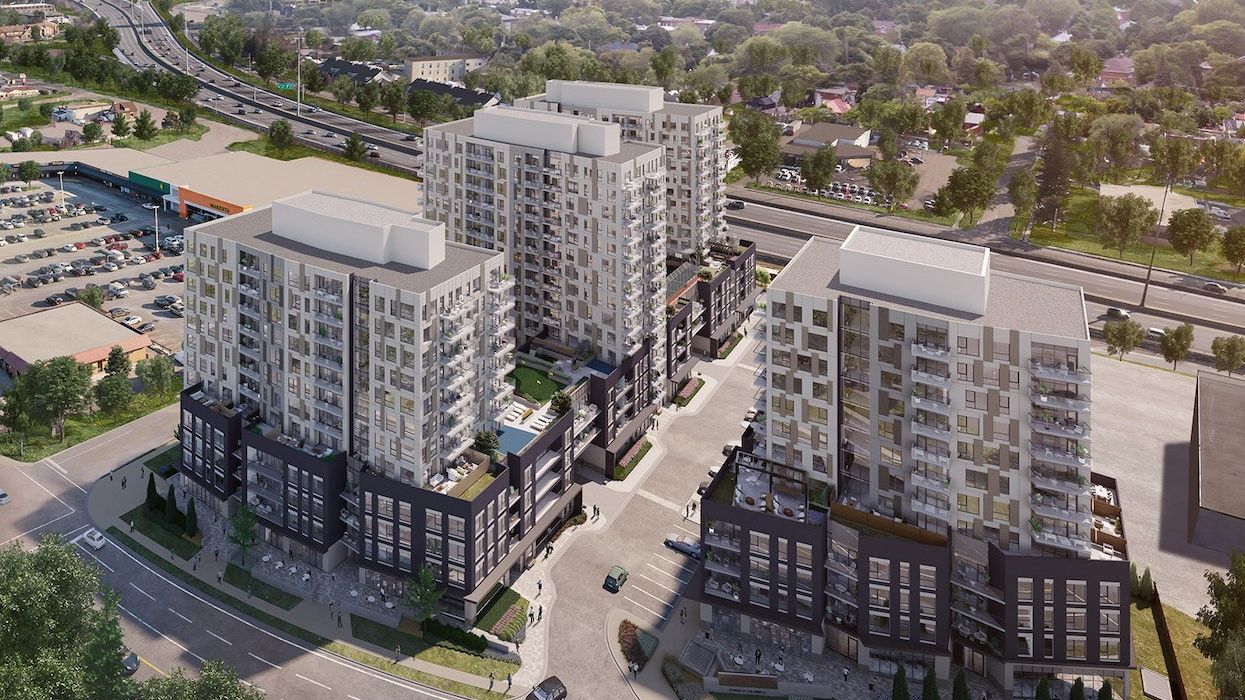

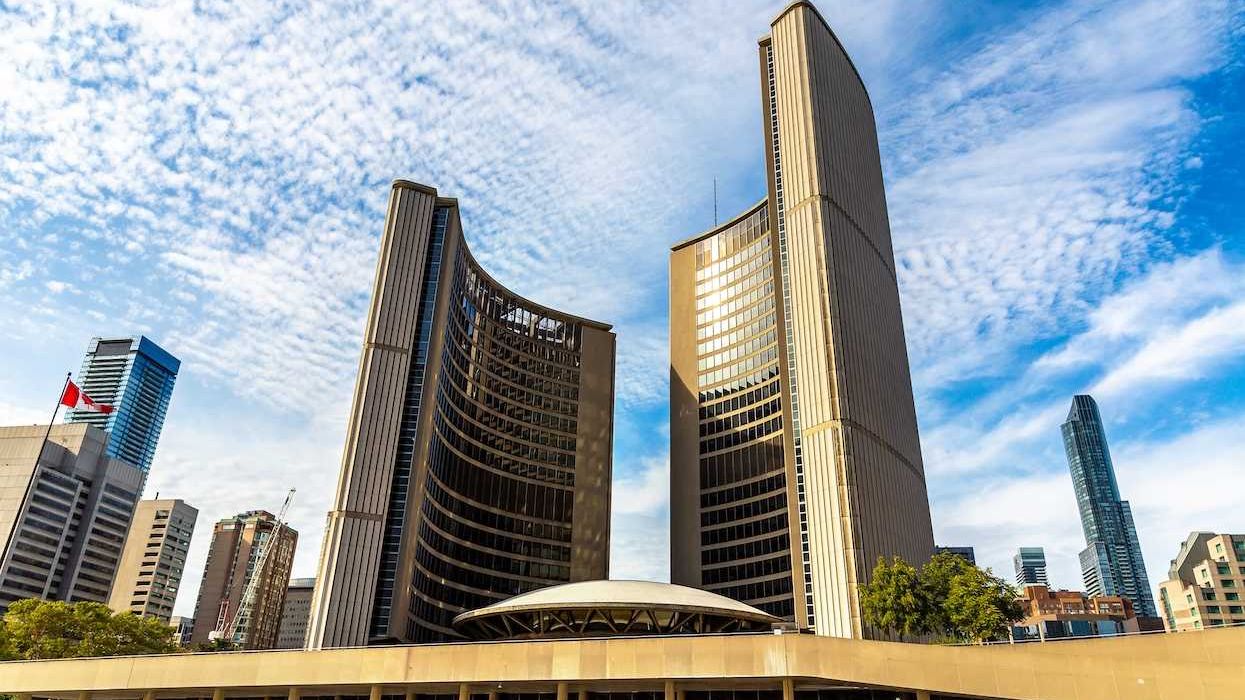
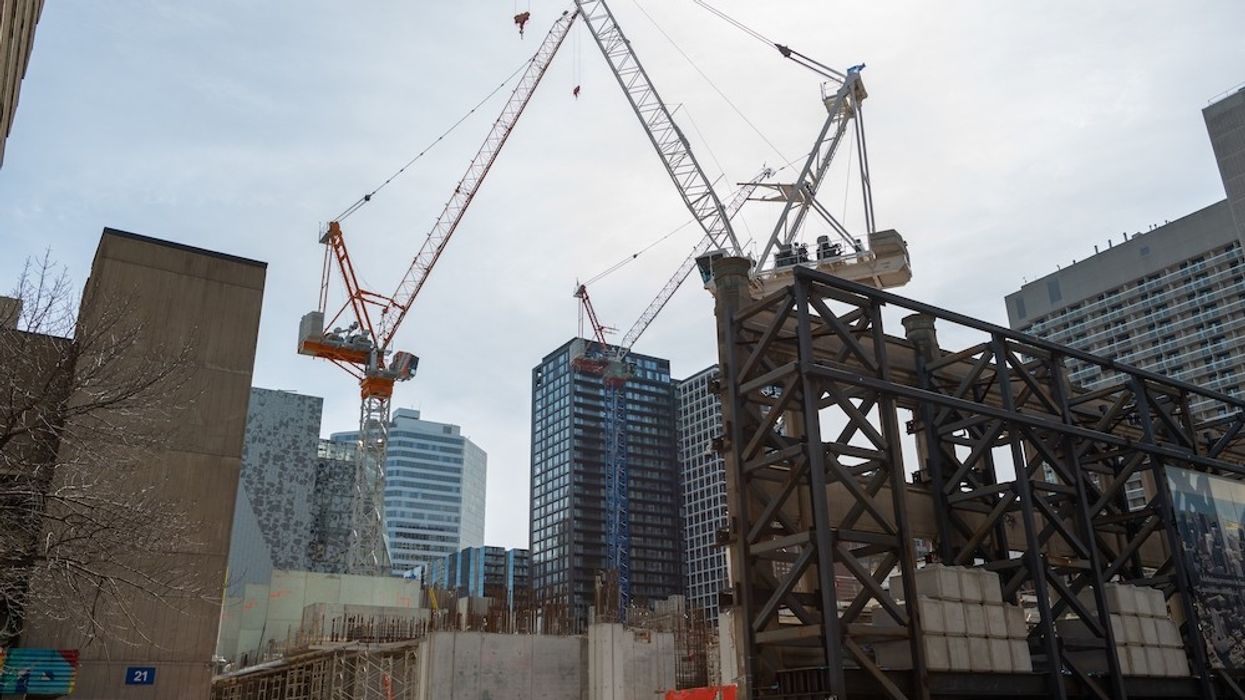
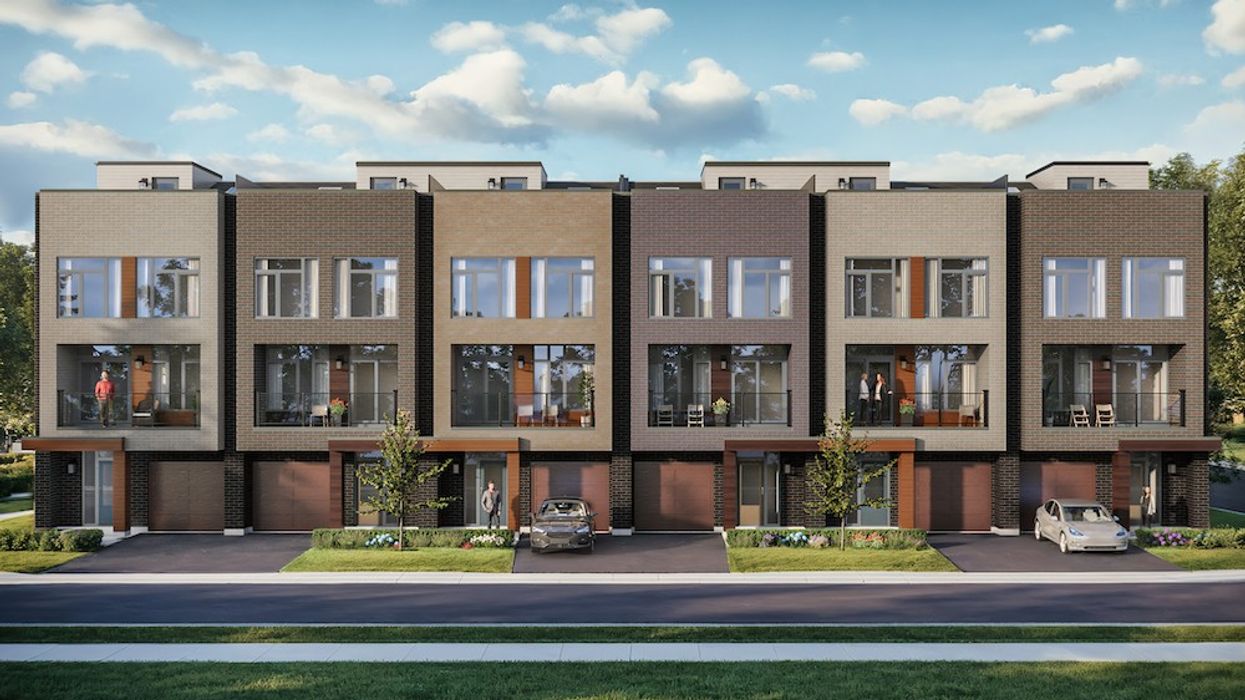
 Camcos Living
Camcos Living Shutterstock
Shutterstock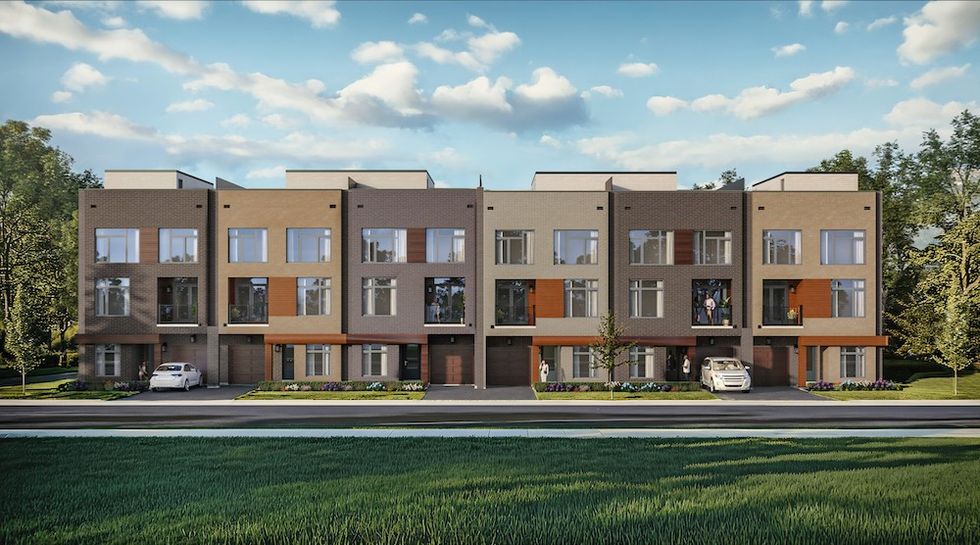 Little Rouge Block G/Camcos
Little Rouge Block G/Camcos Camcos Living
Camcos Living Camcos Living
Camcos Living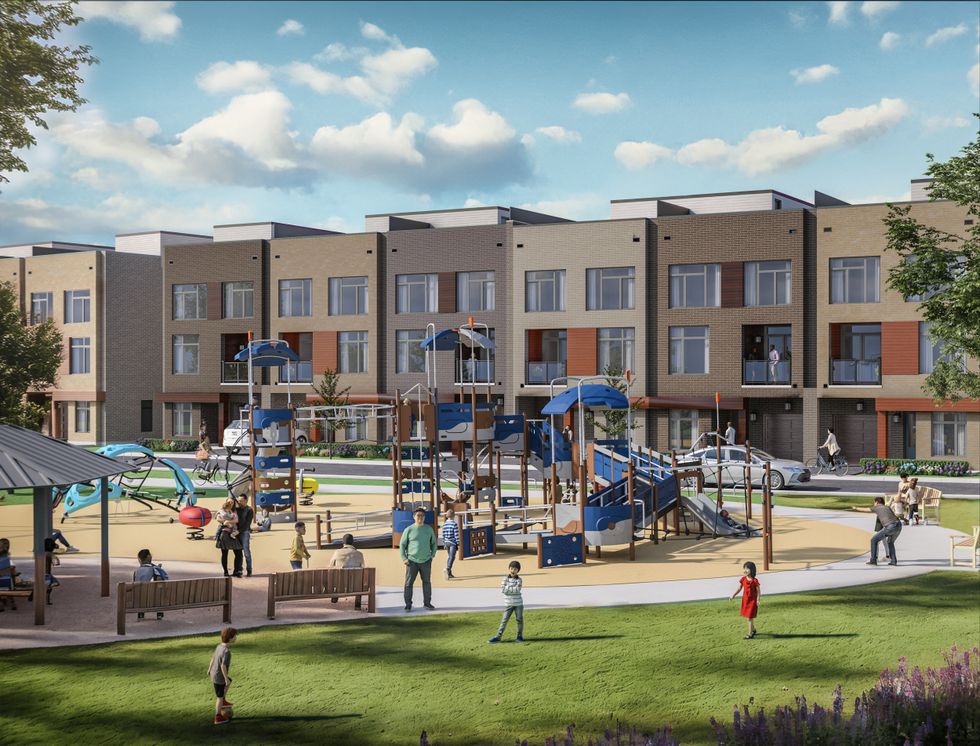 Camcos
Camcos
